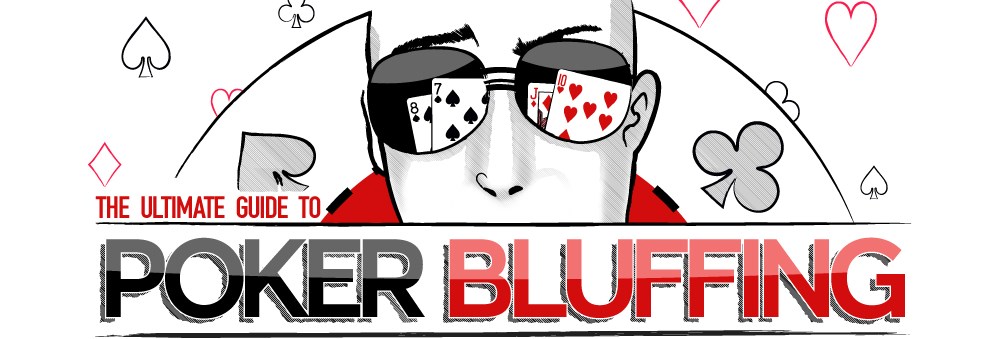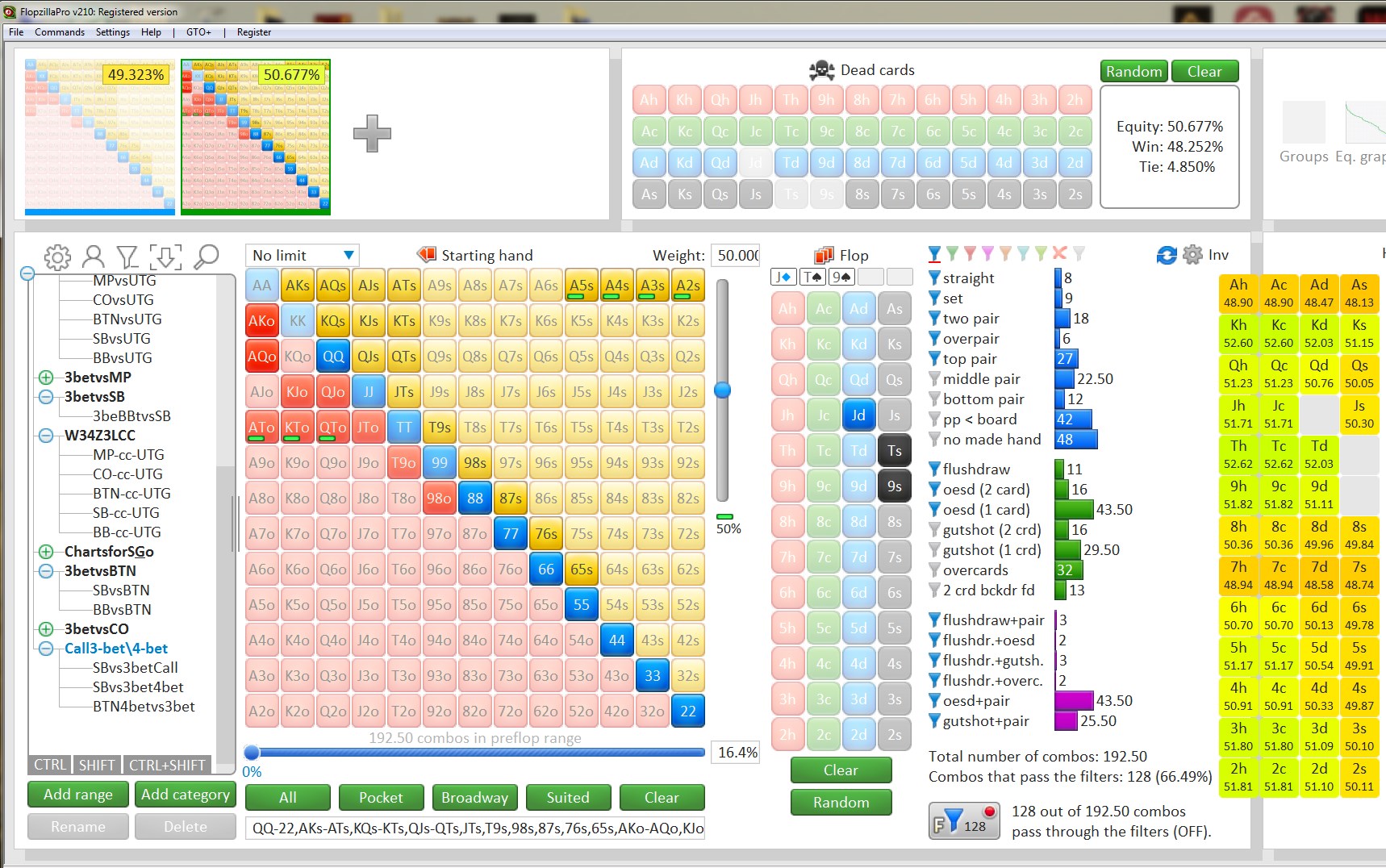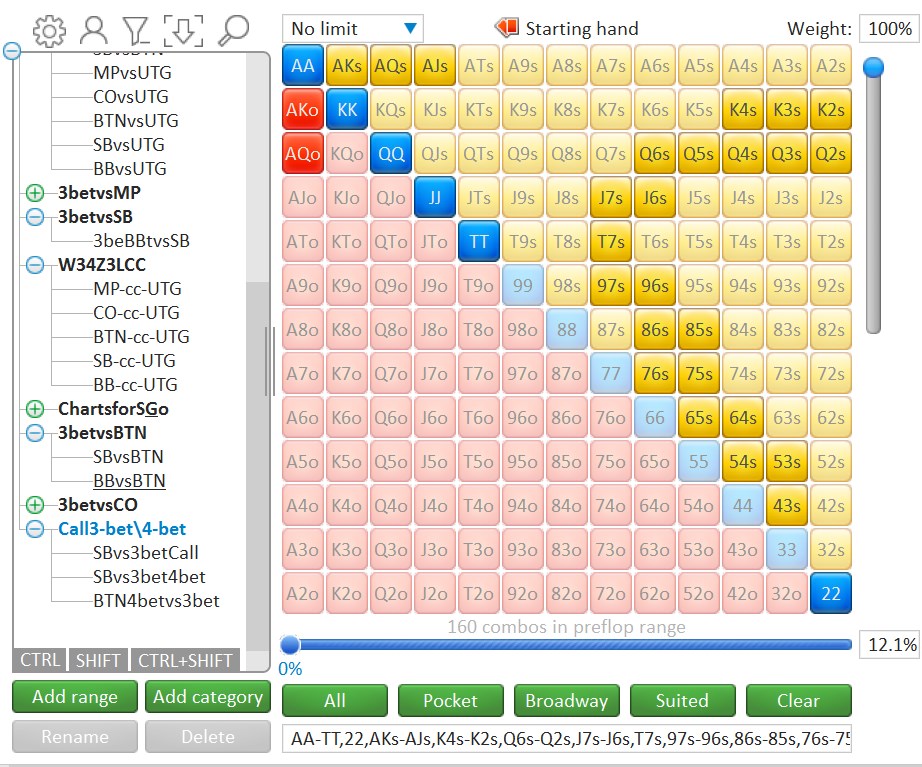Bluff in poker: what do you need to consider to knock your opponent out of the pot?

Beginners see poker as a game where the main thing is to collect the best combination. In reality, success at the table depends on a well-developed strategy. Bluffing is an important element of it. Many players are afraid to bluff because of the fear of losing or unsuccessful first experience. In fact, the effectiveness of bluffing depends on the poker player's skills. In this article we will talk about the meaning of bluff suitable situations and training software.
What is bluffing and why is it important?
Bluffing is a poker trick when a player's aggression forces his opponent to drop his best hand. Let's highlight its features:
- Aggressive action. You must bet or raise to get your opponent to fold. You can't force your opponent out of the pot with a check or limp.
- A bluffing player has no chance to win on showdown. The aggressor has no other options to take the bank.
- The opponent has a stronger combination. Poker is a game of incomplete information, so it is impossible to know your opponent's hand for sure. However, if we have a trash hand, squeezing out of the pot is the only way to win.
The purpose of bluffing is to impersonate a strong hand and take the pot without showing your cards. Bluff makes the player less predictable and allows you to balance your strategy. If no one bluffed at the poker table, it would be impossible to get paid with a strong combination. Let's show you an example.
Let's say Phil got KJ in CO position and made a raise. Daniel on BTN with 88 calls. The rest of the opponents folded preflop. The flop brought out A92. Daniel is currently the favourite with 73.5% of the hand. Phil will only take the pot on the showdown if K or J comes on the next streets.

The more often an opponent surrenders with a better hand, the higher the player's profit on the course
However, the preflop aggressor can win by continuation bet on the flop. This is standard action with top pair. Aces are plentiful in Phil's range. The preflop aggressor will often take the pot with a simple but effective bluff. Daniel, on the other hand, will be forced to surrender being ahead.
What factors increase the effectiveness of a bluff?
There are many factors that contribute to the success of a bluff. Among them: opponent's personality, board structure, bet sizes and blockers. Let's discuss each one in more detail.
Suitable opponent. One of the key factors is the type of opponent. Some players surrender more readily than others. It is advantageous to bluff against them. The simplest example is an opponent with a Fold to C-bet of 60% or more. Against him, a continuation bet with any two cards is profitable. If your opponent's Fold to C-bet is 20%, you don't need to bluff. Statistical software will tell you the right decision. Hand2Note, Holdem Manager 3 and PokerTracker 4 are available in the PokerEnergy catalogue. Each of the trackers has a free trial period.
Board Structure. A lot depends on the cards on the table. On a dry board, it's easier to knock your opponent out because he's less likely to hit it. Let's say Phil raises from CO and Daniel calls on BTN. K82 is put on the board. If you compare the range of the BTN call and the board card, the opponent will discard about 50% of his hands. That's a good situation for bluff.
Let's take similar conditions, but with different common cards. Let's say the players see TJ9 with a flush draw. A continuation bet is less likely to work here: BTN will stay in the pot 70% of the time. No need for a contbet here.

In some situations, there is no point in pressurising your opponent
For a successful bluff, pay attention to the board cards and compare them with your opponent's expected range. In a doubtful situation, it is better to refuse to bet and save money.
Proper Betsizing. The size of the bet affects the effectiveness of the bluff. A small bet will often be levelled because it's "cheap". Sometimes a bet that is too big won't work either. It may look inappropriate in the eyes of your opponent, which will cause an opposite reaction. A big bet is bad against an observant opponent. Over a few draws, he'll figure out the trend and you'll become predictable.
Let's say Phil raises 3 BB from MP and Daniel calls on a BB. There is a total of 6.5 big blinds in the pot. The board of A96 comes out. Let's look at 3 sizes of C-bet:
- 2 big blinds. Give good pot odds to your opponent, but don't show the strength of our hand. A third of a pot can mean: a set, top pair, or air. It's hard to calculate our range from the betsizing.
- 4 big blinds. Standard bet. Usually, this size is recommended to be chosen with ready hands like top pair. It is convenient for balancing bluff ranges and strong combinations.
- 6.5 big blinds. The most confusing bet. Knock out everything but the strongest hands. It's not good for bluffing. If the opponent realises that we are bluffing in such a strange way, he will start exploiting it. Other players will join in the exploitation later.
Reject standard bet sizes. Always ask the question "How does my opponent perceive my hand and line?". This will help get rid of automatism and allow you to bluff more effectively.
Blockers. Having some cards in your possession reduces the probability that your opponent has them. Let's take an example. Let's say Phil is dealt AQ preflop. In this scenario, the chance that Daniel has AA goes down. Instead of six AA combinations, he can't have more than three. The concept works the same way on the postflop. The most obvious situation is a board with a possible flush and the player has an ace to it. The poker player doesn't have a nuts combination, but he has a chance to imitate it. After all, he knows for sure that his opponent doesn't have the best flush. The opponent may suspect a ready nuts.

Hotness is a great tool for working on bluffing skills
Blockers do not guarantee a successful bluff, but they increase the probability of success. However, the right card is not enough to win - you need to play the combination in a believable way.
What are the simplest bluffing actions to start with?
Contbet is the simplest variant of bluffing. It is recommended to use it from the beginning of your career. Even in 2024, there are opponents who give up too often on a continuation bet. Therefore, the action remains profitable.
Another obvious bluff is stealing blinds on preflop. Stealing the mandatory bets is necessary to expand your range and be less predictable for your opponents. Stealing blinds is also useful to reduce the loss without a showdown. Knowing the Fold to C-bet rates of players on SB and BB is enough to make steals work. You don't need to study complex concepts and spend dozens of hours analysing steals situations. The smaller the size of a player's raise, the more profitable it is to steal blinds. A fold in 57% of cases is enough to make a mini-raise steal breakeven.
It is useful to understand the concept of semi-bluffing from the beginning of your career. It involves games where a player can't bet on the big blind, but has the potential to raise. He has two ways to win:
- the opponent will fold;
- player will take good combination and win the showdown.
The perfect semi-bluff is betting with draw. For example, Phil got As4s on preflop and raises to CO. Daniel calls on SB. The total cards of the flop turned out to be 5s9sKd. Phil had a flush draw and a few outs on top pair. In this situation, a continuation bet on the flop looks great. If the opponent throws enough on the turn, the second barrel will do well.

A professional has a range for every situation
Among the more complicated bluffs we will single out 3-bets and re-steals. They will cost more and are not as easy to use as continuation bets or steals. Much depends on the statistics and experience of the player. Use them moderately at the start of your career.
What poker software teaches you how to bluff?
Poker software can help you make your bluffs more effective. Analysing your hands in the equity calculator will be of great benefit. Systematic work will develop ranges thinking and learn to count combinations faster. The better a player represents the possible hands for the opponent, the higher the chance to knock him out of the pot. Analysis will allow you to quickly recognise the cards of turn and river that are suitable for further pressure. In the arsenal of an experienced player, the second and third barrel will be a formidable weapon. The main thing is to use them at the right moment.
Power-Equilab is one of the best equity calculators. The software has a free trial period for 14 days. You can subscribe to Power-Equilab in the PokerEnergy shop.

The calculator makes it easy to group hands and memorise ranges
A poker tracker will also make bluffing much easier. Against some opponents it is enough to know the Fold to C-bet indicator to take the pot with any hand. Pay attention to Hand2Note. The basic version of the tracker works without time limits. It will allow you to collect information and display a HUD from the start of your career. As an alternative, consider PokerTracker 4 and Holdem Manager 3. Their main advantage over H2N is the distribution model. PT4 and HM3 you just need to buy 1 time. Advanced versions of Hand2Note are subscription based.
We publish useful materials and information about new products in our PokerEnergy telegram channel. Subscribe to keep your +EV up to date.





 Log in
Log in  Register
Register 